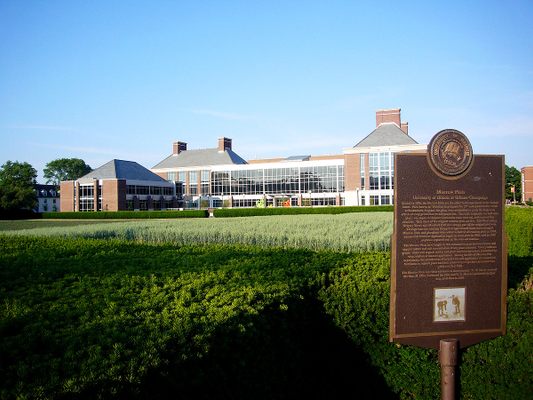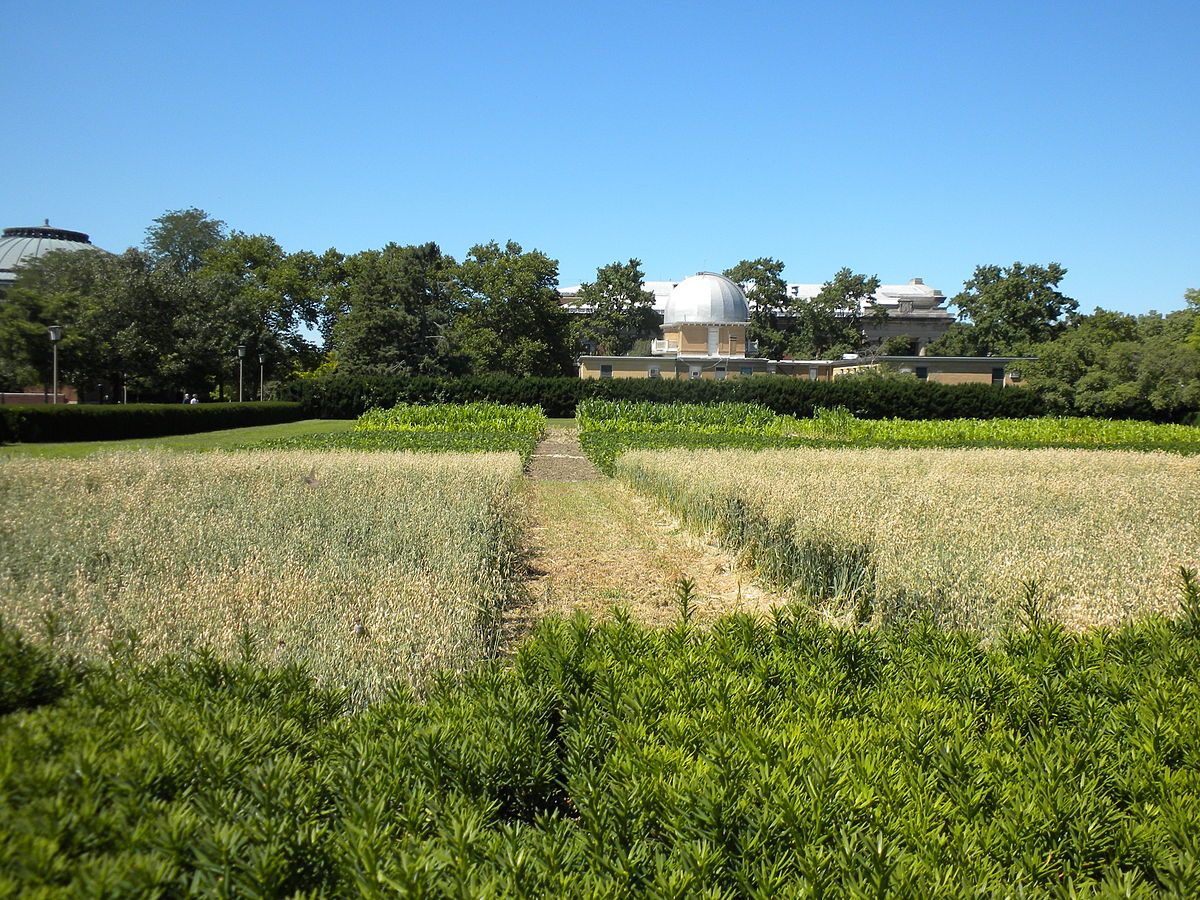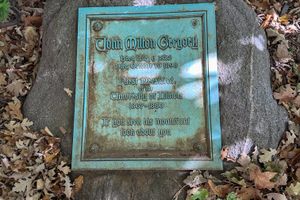About
Even naturally growing crops need to be tested and tried to maximize their yield and The Morrow Plots in Urbana, Illinois is where the development of America's bold new agricultural horizons began.
First planted all the way back in 1876, the Morrow Plots were established as the country's first experimental crop field. Far from the mad scientist's GMO nightmare that such a title might suggest, the fields were meant to develop methods that could be passed on to the everyday farmer. The experiments mainly revolved in soil studies that looked at ways to keep the ground from becoming less fertile over time, playing around with crop rotation, repeated plantings, and other factors that would keep the dirt productive and nutrient-rich. Their techniques yielded a four-fold increase in crop production.
Throughout the 20th-century, the size of the plots shrunk from ten to three, but the experiments continued. Soil treatments and fertilizers began being introduced and fine-tuned to find just the right mix. Other crops began being introduced, growing from the central corn yield to include soybeans, which is now the second-largest crop in America.
The grand experiment at the Morrow Plots continues to this day, over a hundred years after the tests began. While the technology has become more in-depth and complicated, the goals remain the same: creating the future of American farming, one harvest at a time.
The two-story undergraduate library at the University of Illinois is adjacent to the west side of the plots. The library was built underground for two reasons: So as not to cast shade on the plots, and the Campus Master Plan of the day required an open mall behind the Auditorium to maintain symmetry.
Related Tags
Published
December 23, 2014































